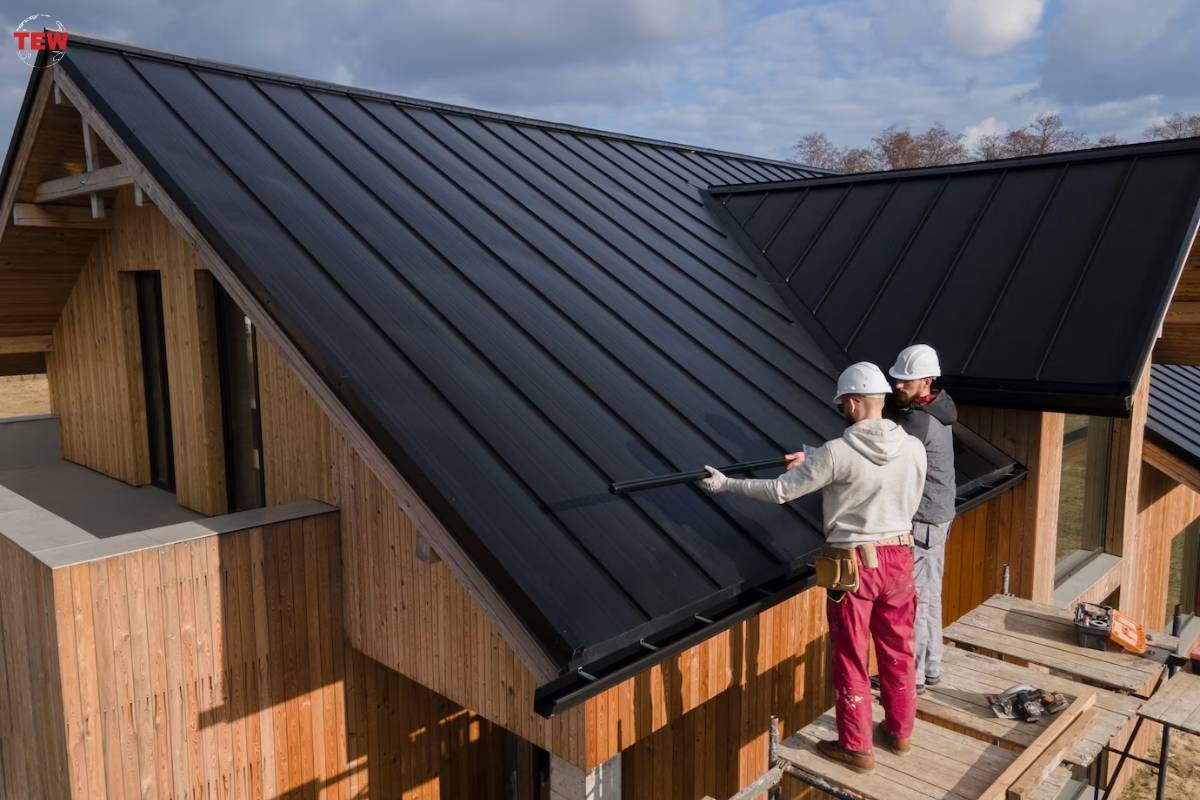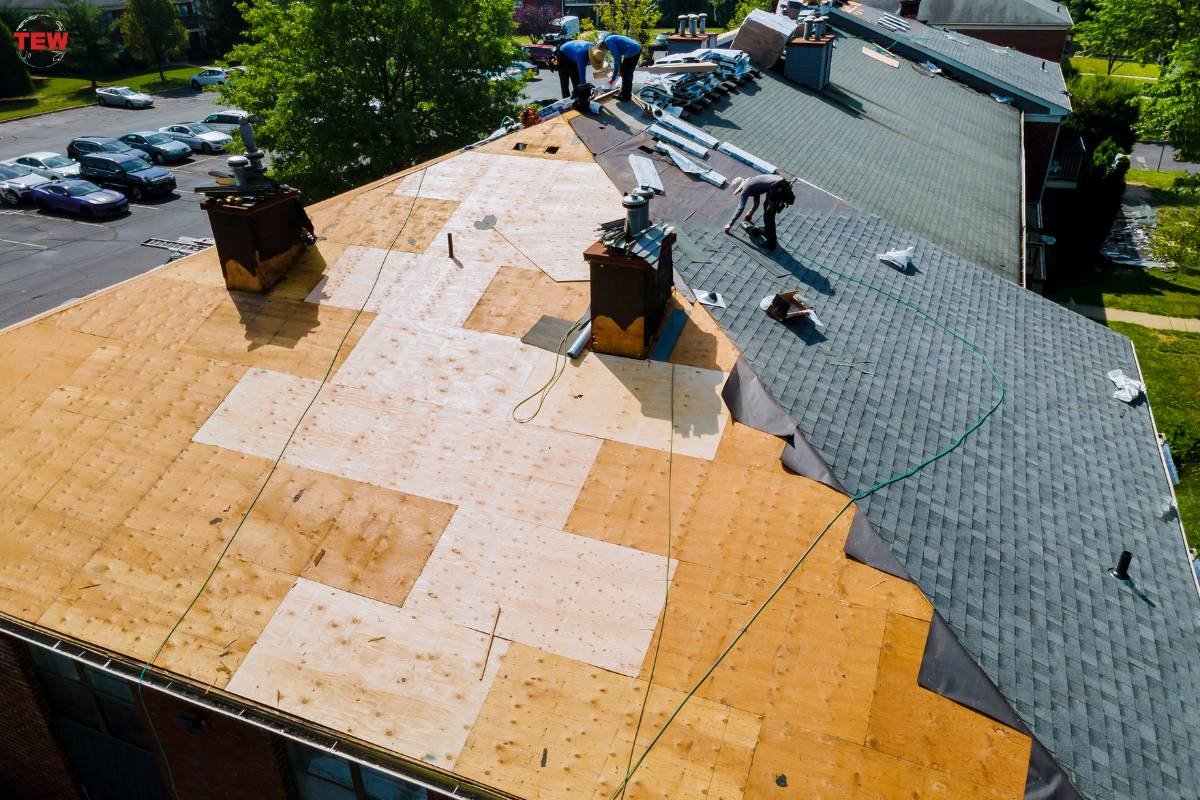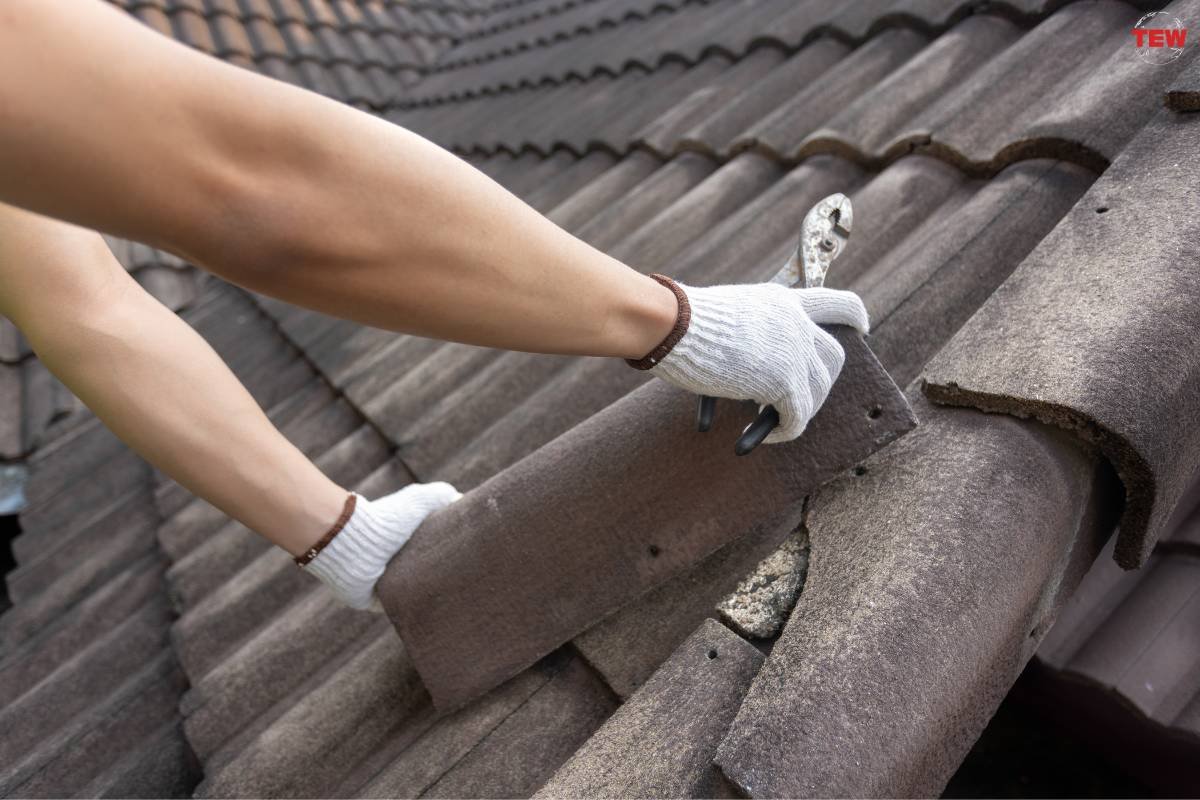Your home’s roof plays a pivotal role, serving as a primary shield against the elements, providing insulation, and ensuring your shelter. However, as time passes, even the most diligently maintained roofs will naturally degrade and necessitate replacement. If you’re contemplating a roof replacement, it becomes imperative to familiarize yourself with the process, explore the various roofing materials at your disposal, and grasp the advantages it can bestow upon your home. Within this article, we will delve into the comprehensive realm of roof replacements, equipping you with the essential knowledge you need. Consulting experienced roofing contractors can also provide invaluable insights and recommendations tailored to your specific needs. They can guide you through the entire process, ensuring a smooth and successful roof replacement.
1. Signs You Need a Roof Replacement
Before diving into the replacement process, it’s crucial to recognize the signs that your roof may need replacing:
a. Age of the Roof
Most roofs have a lifespan of 20-25 years, depending on the material. If your roof is approaching or has exceeded this age, it’s time to consider a replacement.
b. Shingles in Poor Condition
Look for cracked, curling, or missing shingles. These are clear indicators that your roof is deteriorating.
c. Leaks and Water Damage
Water stains on your ceiling, attic, or walls are a telltale sign that your roof is failing and allowing water to penetrate your home.
d. High Energy Bills
An inefficient roof can lead to increased heating and cooling costs. If you’ve noticed a spike in your energy bills, your roof’s insulation may no longer be effective.
e. Moss or Algae Growth
Excessive moss or algae growth can indicate that your roof is retaining moisture, which can lead to decay.
2. Types of Roofing Materials

When considering a roof replacement, you have access to a variety of roofing materials, each with pros and cons of their own. Below, we’ll examine some of the most well-liked choices:
a. Asphalt Shingles
Asphalt shingles have earned their popularity in the world of roofing due to their winning combination of affordability and durability. They consistently rank as one of the most cost-effective and long-lasting roofing materials on the market. Beyond their endurance, asphalt shingles also shine in their adaptability, offering a wide spectrum of styles and color choices. This extensive variety allows homeowners to seamlessly integrate asphalt shingles into a diverse range of architectural designs. In essence, asphalt shingles emerge as a versatile and pragmatic choice that meets the needs of countless homeowners.
b. Metal Roofing
Metal roofs have built a strong reputation for their exceptional durability and resistance to the harshest weather conditions. Renowned for their longevity, they stand as a reliable choice for homeowners seeking a roofing solution that will endure the test of time. Additionally, their environmentally friendly qualities shine through in their recyclability, making them an eco-conscious choice. Furthermore, metal roofs boast energy efficiency, contributing to reduced heating and cooling costs while maintaining a lightweight structure that places minimal stress on your home’s framework.
c. Wood Shingles or Shakes
Wood shingles and shakes offer a natural, rustic appearance. They are eco-friendly but require more maintenance than other materials.
d. Slate
Slate roofing is incredibly durable and has an elegant, timeless look. However, it can be expensive and heavy, requiring a sturdy roof structure.
e. Clay or Concrete Tiles
Clay and concrete tiles are durable and come in various shapes and colors, making them a popular choice for Mediterranean and Spanish-style homes.
3. Benefits of Roof Replacement

Investing in a roof replacement can bring several benefits to your home and your wallet:
a. Improved Energy Efficiency
New roofing materials often come with better insulation properties, reducing your energy consumption and lowering utility bills.
b. Increased Property Value
A well-maintained and aesthetically pleasing roof can boost your home’s curb appeal and overall value.
c. Enhanced Safety
A new roof provides better protection against leaks and potential structural damage, ensuring the safety of your family and belongings.
d. Peace of Mind
Knowing that your home is protected by a sturdy, reliable roof can provide peace of mind and eliminate the worry of constant repairs.
4. The Roof Replacement Process

The process of replacing a roof typically involves the following steps:
a. Inspection and Assessment
A professional roofing contractor will inspect your existing roof to assess its condition and recommend the best replacement options.
b. Material Selection
Choose the roofing material that best suits your budget, climate, and aesthetic preferences.
c. Removal of Old Roof
The old roofing material is removed to prepare for the installation of the new roof.
d. Roof Deck Inspection and Repairs
The underlying roof deck is inspected for any damage or rot and repaired as needed.
e. Installation
The new roofing material is installed, including underlayment, flashing, and ventilation systems.
f. Cleanup and Inspection
After the installation, the roofing crew will clean up the work area and perform a final inspection to ensure everything is in order.
g. Maintenance and Warranty
Regular maintenance is essential to prolong the life of your new roof. Many roofing materials come with warranties that offer protection against defects.
5. Finding the Right Contractor
Choosing the right roofing contractor is crucial to the success of your roof replacement project. Look for an experienced, licensed, and insured roofing company in Houston that can provide references and offer competitive quotes.
In conclusion, replacing your roof is a big investment that will raise the comfort, safety, and overall worth of your house. Choosing your roofing material wisely, employing a reliable and skilled contractor, and keeping an eye out for warning indications of roof deterioration will all help ensure a successful roof replacement process. Both now and down the road, this investment will pay for itself, and you can rest easy knowing that your home will be safe and well-maintained for many years to come.




